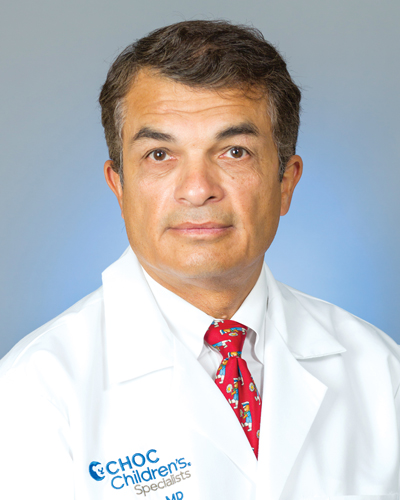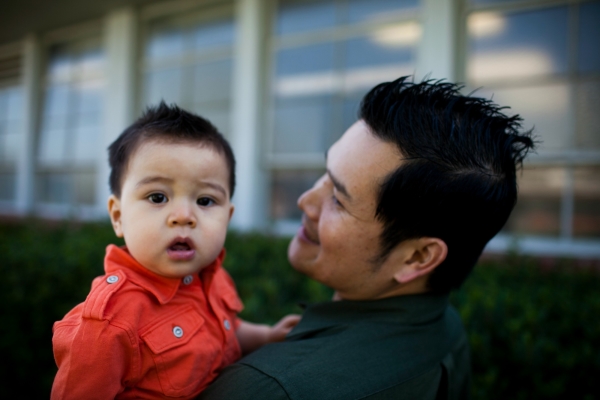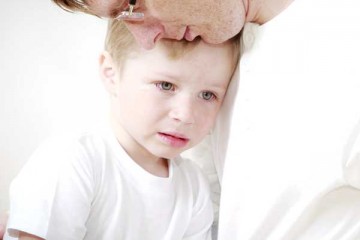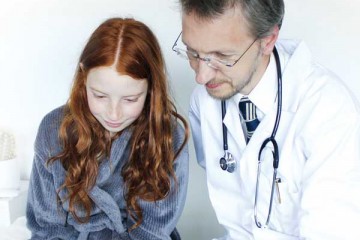Hernia Repair: Quick and Common
When hernias in children don’t close by themselves, surgeons can repair the protrusion caused by an organ or tissue pushing through an opening or a weak spot in the abdominal wall, a CHOC pediatric general surgeon says.
A common procedure, hernia repair is typically an outpatient surgery, meaning the child can go home the same day as the surgery after a few hours of recovery.




















